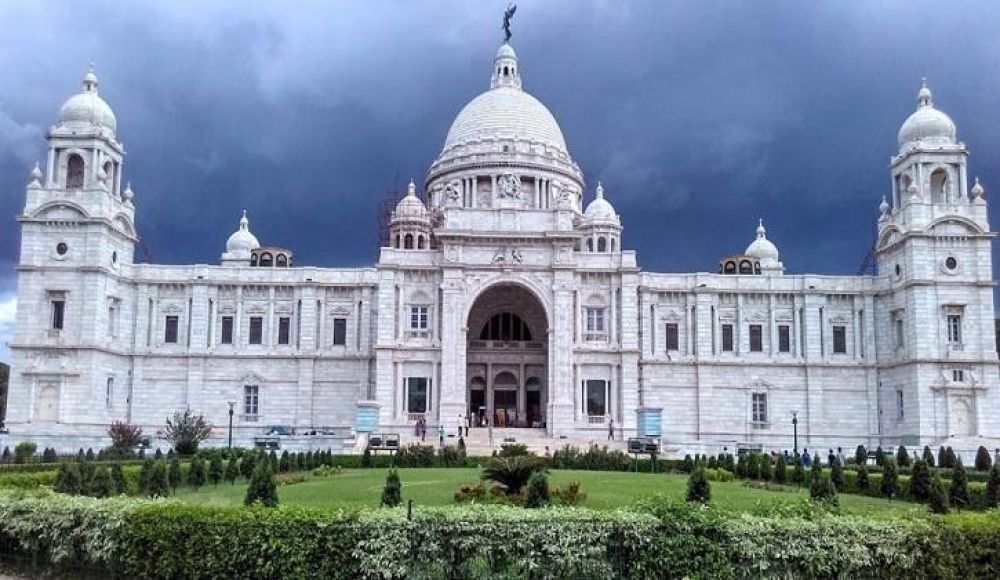

Fort William in Kolkata is an iconic historical monument that epitomizes the colonial era of India. Named after King William III, the fort was originally constructed by the British East India Company in 1696 to protect its trading rights. The structure that stands today, however, is not the original fort. The old fort was demolished and reconstructed by Sir Robert Clive after the Battle of Plassey in 1757 because it could not withstand the attack during the Siege of Calcutta by Siraj ud-Daulah, the Nawab of Bengal.
The history of tourism at Fort William goes back to the time when it was a symbol of British military and political power in Bengal. Over the years, it transitioned from a military fortress into a tourist attraction. While the fort is still in use by the Indian Army and entry to the interior is restricted, the grounds are open to the public and serve as a site of historical significance and architectural interest for tourists.
The lush green area surrounding the fort, known as the Maidan, became a leisure spot for colonial officers and subsequently for the public. The Maidan is about 3 km long and 1 km wide, and it is often referred to as the "lungs of Kolkata" because of its open green space.
Educational Tours: Many schools and colleges organize educational trips for students to Fort William as it serves as a living history book on British colonialism in India.
Cultural Heritage Walks: There is an increasing trend of heritage walks that include Fort William as a key stop. These walks are gaining popularity as they provide in-depth historical narratives from local experts as well as give a glimpse into the fort’s strategic importance.
Photography: The spectacular architecture of the fort and its expansive green grounds offer a picturesque setting that attracts photography enthusiasts and influencers. With the rise of social media, sharing snapshots of historical monuments like Fort William has become part of the trend to highlight India's rich cultural heritage.
Tourism at Fort William is regulated because it's an active military area. It's essential for visitors to get permission from the Commanding Officer of Fort William to enter the premises, but people can freely visit the Maidan and the area surrounding the fort. The majestic structure with its octagonal design and robust moats draws history buffs and curious travelers alike.
Fort William is well-connected and is easily accessible by all modes of transportation within Kolkata. One can use public transport like the metro, buses, trams, or taxis to visit this historic site.
Kolkata has a tropical climate, and the best time to visit Fort William is from October to March when the weather is more pleasant. This period also coincides with many local festivals like Durga Puja and Diwali, providing a richer cultural experience.
Fort William is not just a landmark of military and colonial history, but also a growing hub for tourism in Kolkata. With a blend of rich history, urban green spaces, and educational significance, it draws a variety of visitors throughout the year. The evolution of tourism at Fort William speaks volumes about Kolkata's ability to preserve and showcase its heritage while keeping pace with the trends of the modern traveler.